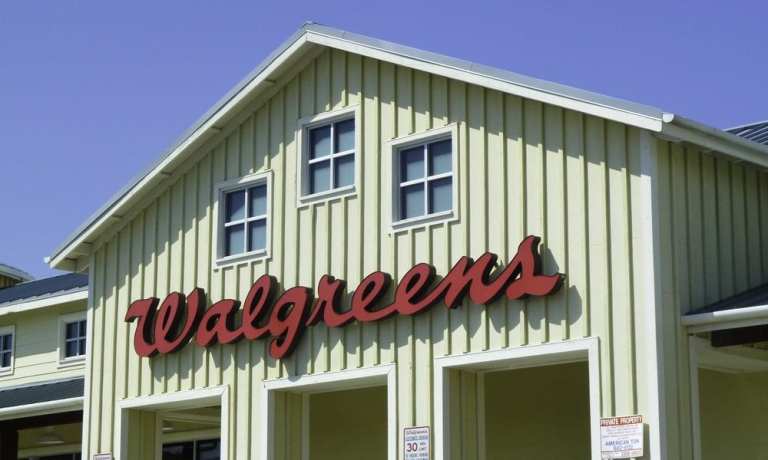
Amid a competitive landscape that is intensifying along with margin pressures, drugstore chain Walgreens Boots Alliance Inc. missed earnings estimates for the fiscal second quarter that ended Feb. 28.
Investors fled from the stock, and shares were off 12 percent in intraday trading to roughly $55.50.
In terms of headline numbers, sales were up 4.6 percent to $34.53 billion, slightly below the $34.56 billion the Street had expected. Within that top line, U.S. retail pharmacy sales were up 7.3 percent to $26.3 billion. Prescription volumes were up in the wake of Walgreen’s acquisition of Rite Aid stores.
Same store pharmacy sales up 1.9 percent, but same store retail sales slipped 3.8 percent. The company tied that weaker performance to a weak cough, cold and flu season and a continued movement away from tobacco sales — and as noted in recent days the company has been in the midst of testing tobacco-free locations. That strategy in turn comes as Walgreens earlier this year was criticized for selling (at least at some of its locations) tobacco products to minors.
The miss — where non-GAAP earnings of $1.64 were 8 cents shy of expectations — comes in the wake of an announcement at the end of 2018 that that a three-year cost savings effort would save $1 billion annually, a target that now has been boosted by $1.5 billion by fiscal 2022.
Costs savings, then, continue to remain in in the crosshairs, and Walgreens has been looking to cut down on physical retail presence. But the pressures, said management across statements on Tuesday, have also remained in place.
CEO Stefano Pessina said in remarks that accompanied the release that “the market challenges and macro trends we have been discussing for some time accelerated, resulting in the most difficult quarter we have had since the formation of Walgreens Boots Alliance. During the quarter, we saw significant reimbursement pressure, compounded by lower generic deflation, as well as continued consumer market challenges in the U.S. and U.K. While we had begun initiatives to address these trends, our response was not rapid enough given market conditions, resulting in a disappointing quarter that did not meet our expectations.”
On the conference call with analysts after the results were released Tuesday morning (April 2) the executive said there will be quick responses from the company to spur growth.
To be sure, the company is not alone in facing headwinds. Earlier this year CVS Health Corp. said pressures also were from generics.
Walgreen’s guidance on an adjusted basis for the current year now sees earnings (constant currency) to be flat, where previously the company had guided to earnings growth of 7 to 12 percent. Growth should return in fiscal 2020, the company said.
The guidance comes just a few months after CVS Health bought insurer Aetna in a deal then valued at $69 billion, as we noted in this space late last year. Walgreens has been transforming a bit away from the retail model to a services model, having struck pacts with Humana (itself an insurer) and diagnostics company LabCorp, to combine those services at several hundred drugstores. Walgreens also has been testing subscription services through Birchbox, which is centered on beauty products. In another competitive shift, Amazon bought online pharmacy PillPack.